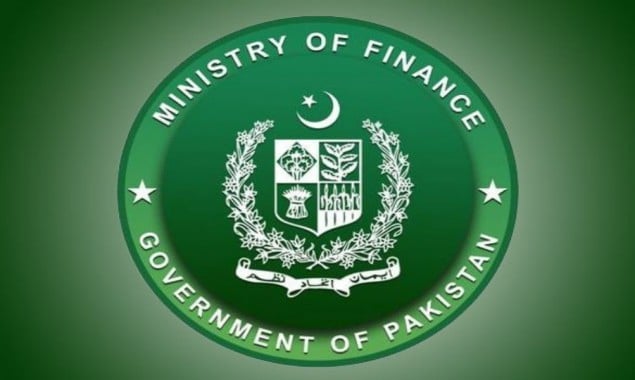Overseas Pakistanis remit record $29.4 billion
KARACHI: The inflows of workers’ remittances hit a historic high of $29.4...

KARACHI: Pakistan registered a 9.92 per cent tax-to-GDP ratio during the fiscal year 2020/21, despite historic high revenue collection in the same period, official documents revealed.
The GDP for the year has been pitched at Rs47.71 trillion and the collection of the Federal Board of Revenue (FBR) has recorded an all-time high of Rs4.73 trillion in 2020/21.
The tax-to-GDP of Pakistan remained lower in the region and it was the second consecutive year when the tax-to-GDP ratio fell below the double-digit. The ratio was at 9.6 per cent in the fiscal year 2019/20.
The tax-to-GDP ratio during the fiscal year 2015/16 to 2018/19 remained in double-digit, or 10.7 per cent, 10.6 per cent, 11.1 per cent and 10.1 per cent, respectively.
The lower tax-to-GDP ratio may be attributed to distortionary exemptions, concessions, weak enforcement, low compliance by the taxpayers, reliance on indirect taxes and issues in improving the tax administration.
Historically, Pakistan has a narrow tax base due to the fact that a few sectors are under-taxed and some are not taxed at all. There are three major sectors of Pakistan’s economy, i.e., agriculture, industry and services (in terms of their share in GDP); however, their tax contributions are not proportionate to their economic contribution.
For instance, the agriculture sector accounts for 19.4 per cent in GDP during 2019/20, while contributing less than 2 per cent in tax. The services, transport, storage and communication, housing and other private services contribute 12.7 per cent, 7 per cent and 11.7 per cent, respectively, in GDP, while their contributions in taxes is 7 per cent, 0.3 per cent and 8.4 per cent, respectively.
In contrast, the manufacturing, mining and quarrying sectors are contributing the most in taxes relative to their share in GDP, i.e., manufacturing accounts for 12.2 per cent, mining and quarrying 2.6 per cent and construction 2.5 per cent to GDP, while their share in taxes is 37 per cent, 6 percent and 1.2 per cent, respectively, during 2019/20, according to the Economic Survey of Pakistan for the fiscal year 2020/21.
This represents that tax in the respective sectors are not equitable with reference to their contribution in GDP. Consequently, the tax-to-GDP ratio remained low; thus, there is a need to improve the tax-to-GDP ratio by increasing the contribution of tax revenues from the sectors having more potential to pay taxes.
Catch all the Business News, Breaking News Event and Latest News Updates on The BOL News
Download The BOL News App to get the Daily News Update & Follow us on Google News.